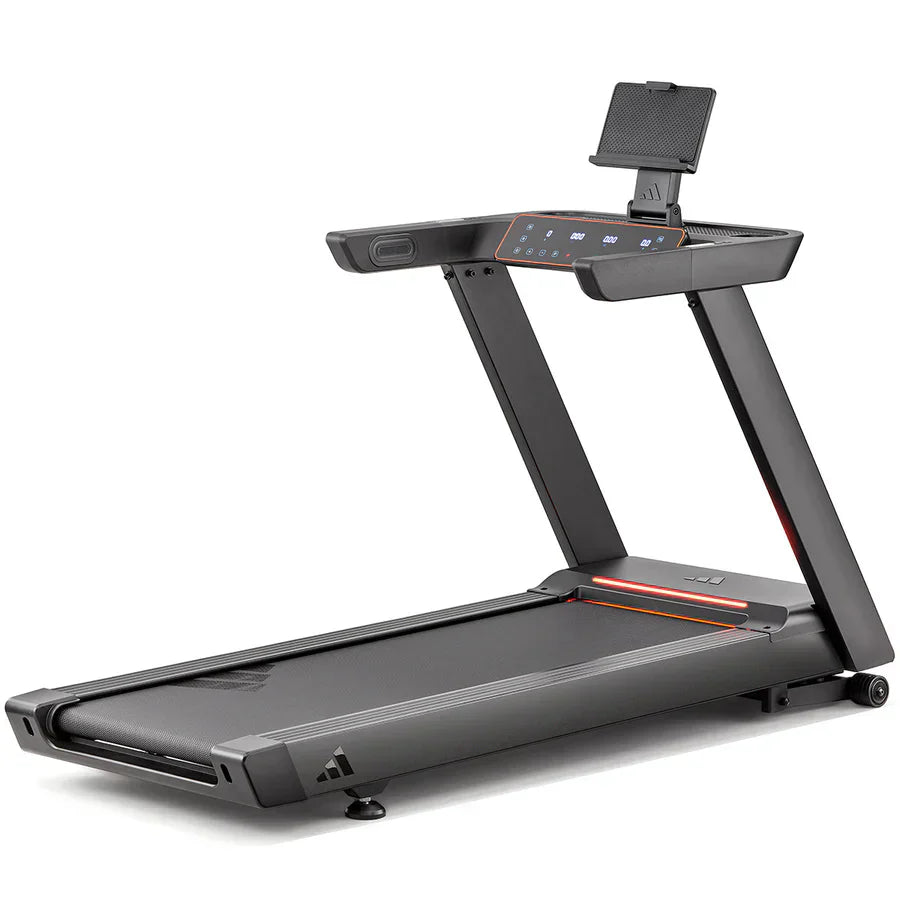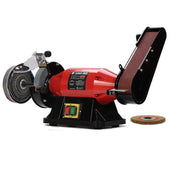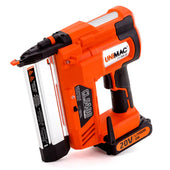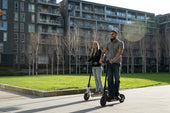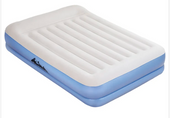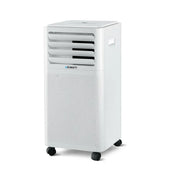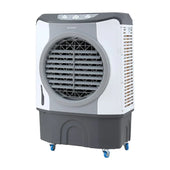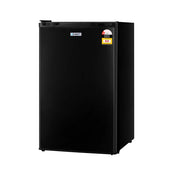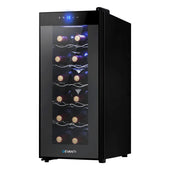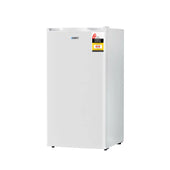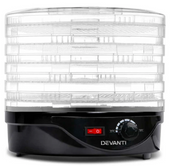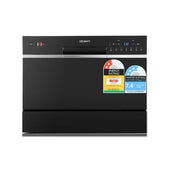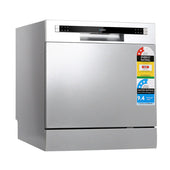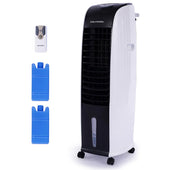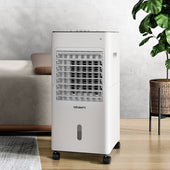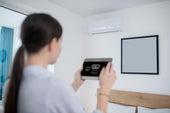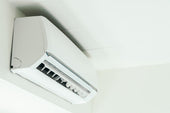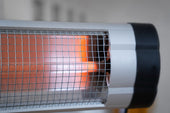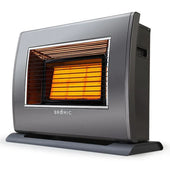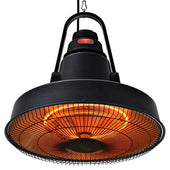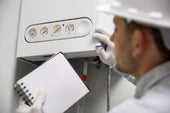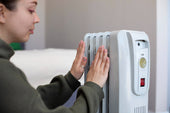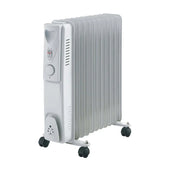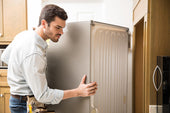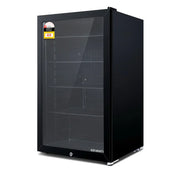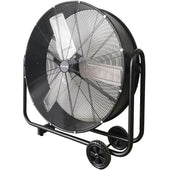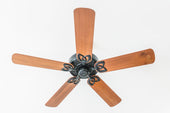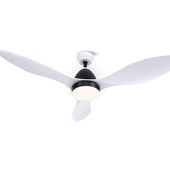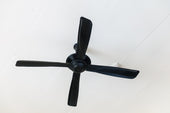Understanding the Importance of Treadmill Calibration
Treadmill calibration is crucial to ensure accurate measurement of distance, speed, and other metrics during workouts. Over time, treadmills can experience wear and tear, and discrepancies may arise between the displayed data and actual performance. Accurate calibration helps users track their fitness progress reliably, avoiding overestimation or underestimation of their efforts.
Many treadmills are calibrated at the factory, but factors like motor strain or belt tension changes can affect accuracy. During days of intense use, proper calibration is particularly important for runners preparing for events, as even minor errors in distance can disrupt training plans. By maintaining calibration, users optimise their workout feedback and performance tracking.
How Treadmills Measure Distance and Speed
Treadmills measure distance and speed using built-in sensors and advanced algorithms. Most treadmills rely on the belt's revolutions, as the length of the belt is pre-defined. Sensors detect each revolution, and the treadmill calculates the total distance by multiplying revolutions with the belt length.
Speed is derived by measuring how fast the treadmill belt completes a revolution. The control board then adjusts displayed speed values as the user modifies settings. Some advanced treadmills feature motor sensors or accelerometers for more precise data. Accurate calibration ensures users can rely on these figures for training and fitness tracking.
Telltale Signs That Your Treadmill’s Calibration Might Be Off
There are several indicators that suggest a treadmill’s calibration may need attention. Recognising these signs promptly can help maintain an accurate workout experience.
- Inconsistent Distance Readings: When the treadmill's distance counter significantly differs from data recorded on a fitness tracker or mobile app, calibration may be off.
- Speed Perception Issues: If the belt pace feels slower or faster than the speed displayed, the treadmill’s settings could be inaccurate.
- Uneven Belt Movement: A slipping or uneven belt might distort speed and distance measurements.
- Drifting Performance Metrics: Odd variations in calorie burn, time, or lap tracking without changes in workout intensity can signal a problem.
- Wear and Tear: Excessive wear on the belt or motor may cause inconsistencies in calibration.
Noticing these issues early can prevent long-term inaccuracies.
Tools and Equipment You’ll Need for Calibration
To successfully calibrate a treadmill for accurate distance tracking, several tools and pieces of equipment are essential. These items ensure both precision and ease during the calibration process:
- Measuring Tape or Wheel: A reliable measuring tool to assess the true distance travelled during calibration.
- Stopwatch or Timer: Required to monitor time accurately during tread calibration runs.
- Notebook and Pen: Useful for recording reference data, such as counted steps or adjustments made.
- Treadmill User Manual: Provides specific instructions and guidelines tailored to your treadmill model.
- Calculator: Assists with any necessary calculations to determine calibration adjustments.
- Flat Surface: Ensures accurate treadmill alignment free from wobbles or uneven pressure.
Preparing Your Treadmill for the Calibration Process
Proper preparation is crucial to ensure accurate calibration of a treadmill. Begin by cleaning the treadmill’s belt and console to remove dust and debris, as these can affect its performance. Check for any visible signs of wear or damage on the belt and ensure it is properly aligned. Verify that the treadmill is placed on a level surface to avoid inconsistencies during calibration.
Ensure the power cord is securely connected and inspect the machine for loose screws or bolts. Refer to the user manual for specific pre-calibration instructions from the manufacturer. Finally, set the treadmill to its default settings, if applicable, to optimise accuracy.
Step-by-Step Guide to Calibrating Your Treadmill
- Read the User Manual Locate the treadmill’s user manual. It contains specific instructions for calibration based on the model. Not all treadmills follow the same process.
- Prepare the Treadmill Ensure the treadmill is on a flat, stable surface. Power it on and allow it to fully initialise. This prevents errors during calibration.
- Access Calibration Mode Enter the calibration mode, typically found in the settings menu. Some models may require pressing specific button combinations.
- Measure Distance Manually Using a tape measure, measure the length of the running belt. Mark the belt and track revolutions while the treadmill runs slowly.
- Input Data Enter the measured data into the treadmill’s interface, following prompts in its menu system to sync belt movement with displayed distance.
- Test Accuracy After calibrating, test the treadmill by walking a set distance. Compare the display reading to ensure accurate distance tracking. Repeat, if necessary.
Testing and Verifying Your Treadmill’s Calibration
To ensure the treadmill is accurately calibrated, one must perform a simple verification process. Begin by measuring a known distance, such as 1 kilometre, using an external device like a measuring wheel or running track. Next, manually match this distance on the treadmill by running or walking. Compare the treadmill’s reading with the external measurement.
To further confirm accuracy, test at different speeds, monitoring any discrepancies. If mismatches occur, repeat calibration steps or consult the treadmill’s manual. Continuously verify calibration periodically, as usage and wear can affect performance over time. Consistency in results confirms proper calibration.
How to Adjust for Inclines and Their Impact on Distance Tracking
Inclines affect treadmill calibration by altering the relationship between belt movement and perceived distance. Adjusting for inclines ensures more accurate tracking. Begin by consulting the treadmill's manual to check if incline adjustments influence distance readings; not all models consider elevation in calculations.
If calibration is manual, note that steeper inclines often reduce the actual horizontal distance covered as the machinery accounts for vertical displacement. Use external tracking apps or devices to validate readings. Make adjustments by recalibrating the treadmill at various incline settings. Test distances by using a known benchmark, like walking at zero and inclined gradients.
Regular re-evaluations are crucial to maintain accuracy.
Common Calibration Errors and How to Avoid Them
Several common errors can undermine successful treadmill calibration, yet most are preventable with attention to detail.
- Incorrect Measurements: If the treadmill belt length is inaccurately measured, distance tracking results will naturally be flawed. Always use precise tools like a measuring tape and recheck calculations to ensure validity.
- Skipping Warm-Up: Calibration performed without warming up the treadmill can lead to inconsistent readings. Allow the machine to run for a few minutes before initiating the procedure.
- Overlooking User Weight Impact: Overlooking how user weight affects treadmill speed can distort tracking accuracy. Adjust calibration according to the manufacturer’s guidelines for weight conditions.
- Rushing the Speed Setting: Improperly setting the treadmill speed during testing may result in unreliable calibration. Take time to accurately verify speeds before starting adjustments.
The Role of Regular Maintenance in Keeping Your Treadmill Accurate
Regular maintenance plays a crucial role in ensuring treadmill accuracy for distance tracking. Over time, components such as the belt, deck, and sensors may experience wear, leading to inaccuracies. Maintaining these parts reduces the likelihood of calibration errors and ensures consistent performance.
Users should regularly:
- Lubricate the treadmill’s belt to prevent drag.
- Inspect the belt alignment and tension to avoid slipping.
- Check for debris build-up near sensors.
Additionally, electrical connections should be tested to confirm they are functioning properly. A well-maintained treadmill not only improves accuracy but also prolongs the equipment’s lifespan, enhancing overall reliability during workouts.
Troubleshooting Calibration Issues
When calibration problems arise, users should first verify that the treadmill is on a flat and stable surface. Uneven placement can affect distance tracking. Ensure no loose belts or parts could be disrupting consistent performance. Check for firmware updates from the manufacturer as outdated software can interfere with calibration accuracy.
Double-check the treadmill’s calibration settings to confirm they match any external app or fitness tracker being used. If manual calibration is supported, follow the user manual closely to recalibrate properly. Persistent issues may require inspecting the treadmill sensor for dirt or wear. If all else fails, contacting customer support or a professional technician is advisable.
When to Call a Professional for Treadmill Calibration
There are instances where professional assistance is necessary for treadmill calibration. For example:
- Complex treadmill models: Advanced treadmills with intricate features or integrated systems might require specialised tools and expertise.
- Inconsistent performance: If the distance readings remain inaccurate despite following the manufacturer’s instructions, it may indicate deeper mechanical or software issues.
- Warranty concerns: Attempting self-calibration could void the warranty. Consulting a professional ensures compliance with warranty terms.
- Unusual noises or malfunctions: Irregular noises or operational issues during calibration can signal underlying problems requiring expert attention.
Seeking professional help ensures precise adjustments, extends the treadmill’s lifespan, and guarantees safe operation for regular use.
Tips for Maintaining Accurate Distance Tracking Over Time
- Routinely inspect the treadmill belt for signs of wear or misalignment; such issues can affect distance accuracy.
- Verify that the treadmill is placed on a level surface to avoid uneven tracking results.
- Regularly clean the treadmill’s sensors, ensuring dust and debris do not interfere with signal readings.
- Update the treadmill’s software if upgrades are available; newer versions often enhance tracking precision.
- Cross-check distance measurements periodically with a trusted fitness tracker or stopwatch.
- Review the treadmill calibration settings every few months, especially if significant use occurs.
- Adjust stride calibration when multiple users utilise the equipment to maintain personalised accuracy.
How Proper Calibration Improves Your Fitness Goals and Health Tracking
Properly calibrated treadmills ensure an accurate measurement of distance, speed, and overall performance, facilitating precise fitness tracking. Reliable data fosters smarter goal-setting, helping individuals tailor exercise routines effectively. Accurate distance tracking also aids in monitoring calorie expenditure, ensuring alignment with calorie targets for weight loss or maintenance. Fitness enthusiasts relying on external tracking devices, like fitness apps or wearables, benefit from synchronised treadmill data, eliminating discrepancies in recorded activity. Similarly, athletes preparing for endurance events can evaluate progress with confidence. Calibration reduces errors in pace measurement, supporting consistent workouts and minimising the risk of injury. Precision fosters accountability, encouraging commitment to healthier habits.
Final Thoughts on Treadmill Calibration and Accuracy
Calibrating a treadmill is essential for ensuring its distance tracking remains precise and reliable. This process helps users maintain confidence in their exercise metrics, improving the experience for workout enthusiasts and athletes alike. Periodic calibration accounts for factors like belt slippage, wear and tear, and system inaccuracies. Utilising tools like a measuring tape, a stopwatch, or even a GPS watch facilitates accurate testing. Users should also consider consulting the treadmill's manual or seeking professional assistance for advanced calibration issues. Ultimately, focusing on accuracy ensures consistent performance and aligns equipment output with real-world distances, enhancing overall fitness goals.
